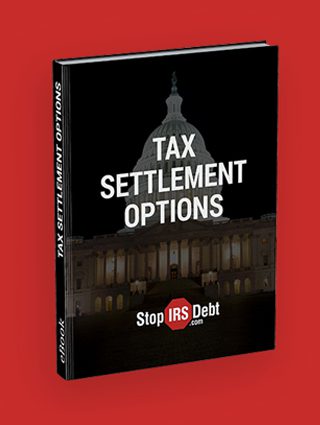- browse by category
- Audit Assistance
- Business and Taxes
- Celebrities in Tax Debt
- Cryptocurrency Taxes
- Economic News
- Foreign Banking
- Innocent Spouse
- IRS debt settlement
- IRS Headlines
- IRS Wage Garnishment
- Marriage & Divorce
- Payroll Tax
- Retirement
- Revenue Officers
- State Tax Headlines
- Stop IRS Debt
- Success Stories
- Tax and Politics
- Tax Attorney
- Tax Codes
- Tax Debt Help
- Tax Evasion
- Tax Levy
- Tax Lien
- Tax Payment Plans
- Tax Return Filing
- Tax Tips

Tax debt accumulates in a variety of ways, but when taxpayer actions, or in this case, inaction, results in an IRS levy, one thing all taxpayers can agree on is that the result can be crippling.
Learning about the IRS Levy
To be clear, levies are not the same as liens. A lien is a claim used as security for the tax debt. A levy legally seizes and sells your property. This including houses, cars, boats, wages, retirement accounts and bank accounts to satisfy the tax debt. However, wage and bank levies or most common.
A levy results only after a taxpayer has neglected to pay their tax. Typically, they also disregarded a Notice and Demand for Payment. And they ignore the Final Notice of Intent to Levy and Notice of Your Right to a Hearing. After receipt of the final levy notice, response must take place within 30 days. The levy will end if the levy is released, the tax debt is paid, or the time expires or legally collecting the tax.
To avoid a levy, it is important to pay taxes, remain in compliance with the IRS, or to respond to IRS notices promptly. People who have ignored their tax debt only to find themselves impacted by a levy quickly realize they are in over their heads. At this point, a safe choice is to contact tax professionals such as StopIRSDebt.com who are familiar with solutions to bring taxpayers into compliance to reverse the levy as quickly as possible.
What You Can Do
Trust us, taxpayers have rights when it comes to tax levies. Finding an aggressive tax professional to fight for your rights with the IRS can be a time-saving and stress-reducing option. It can take a while to find the right match, but once you do, your effort will be worth it.
Leave Comments

Top Tax
secrets revealed
Sign up for our newsletter and be the first to find out when exciting IRS news happens. Yes, exciting. We're really into taxes.


